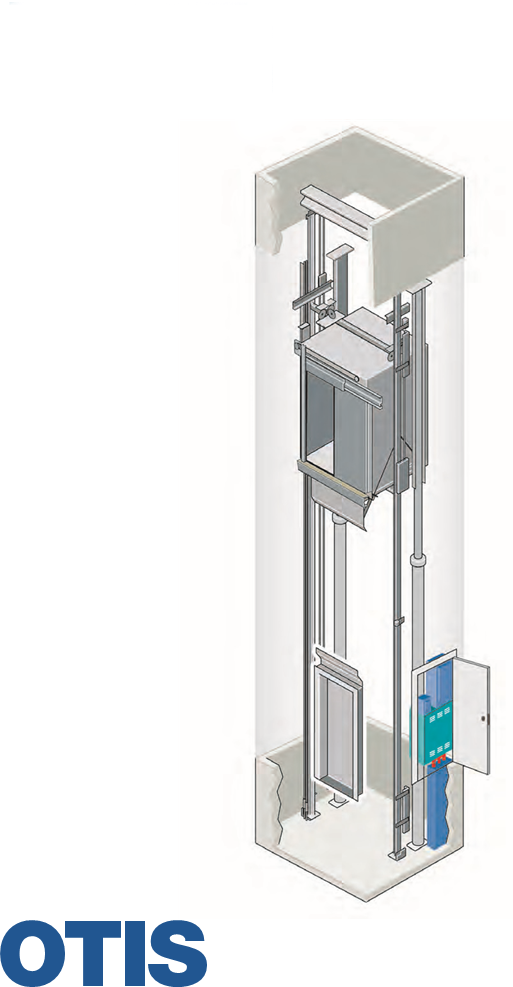- +964 780 101 9772 Make a call
- info@emarbalady.com Drop us a line
- Iraq-Karbala-Alnaqeeb st Get Dirction
Our Services Quality Services
OTIS HOSPITAL ELEVATORS
At present, the volume and height of many new buildings are increasing, and the use of elevators is becoming more and more indispensable in our life. Especially in hospital buildings, some patients who are inconvenient to move and even can only lie on carts can only use elevators when going up and down the stairs.
Classification of hospital elevators
At present, the elevators used in the building are divided into 7 types according to the purpose:
Passenger lift:
Elevators designed to transport passengers are most commonly used and are suitable for all kinds of buildings.
Stretcher elevator:
It mainly transports passengers and can meet the use requirements of the stretcher. It is mainly used in residential buildings and can use a stretcher to transport patients in case of sudden injuries and injuries, similar to the elevator.
Cargo elevator:
Usually accompanied by people, mainly used to transport goods.
Passenger and freight elevators: Mainly for transporting passengers, but also for transporting goods.
Sickbed elevator:
Elevators for transporting beds (including patients) and medical equipment.
Sundry elevator:
A fixed lifting device serving a specified floor, having a car which, in terms of its size and structure, is not accessible to persons and which operates between two rows of rigid rails with a vertical or vertical inclination angle of less than 15 °. This kind of elevator is used to transport some light goods, such as books, documents, food, etc., but personnel are not allowed to enter the car. The lift of the elevator is controlled by the button outside the door.
Location layout of the hospital elevator
Crowded people will not only hinder the normal work order of the hospital but also lead to the spread of disease. There are doctors, patients, visitors, caregivers, visitors and other personnel in the hospital building, and there are cleaning and polluting items that need to be transported vertically, so the location of the elevator should be treated differently according to the different nature of its use.

Client's Trusted Client's






